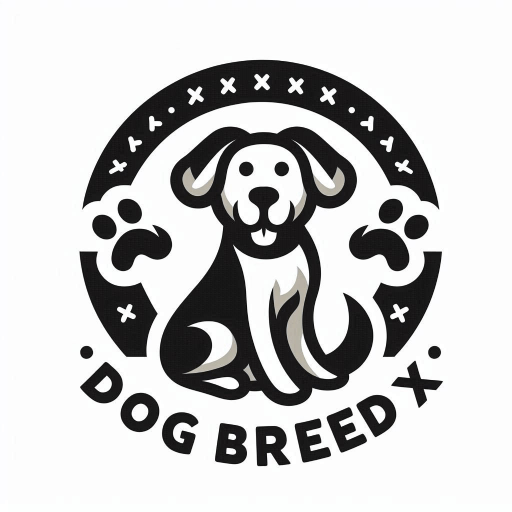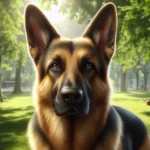Table of Contents
The Quiet Canines: Dog Breeds That Don’t Bark
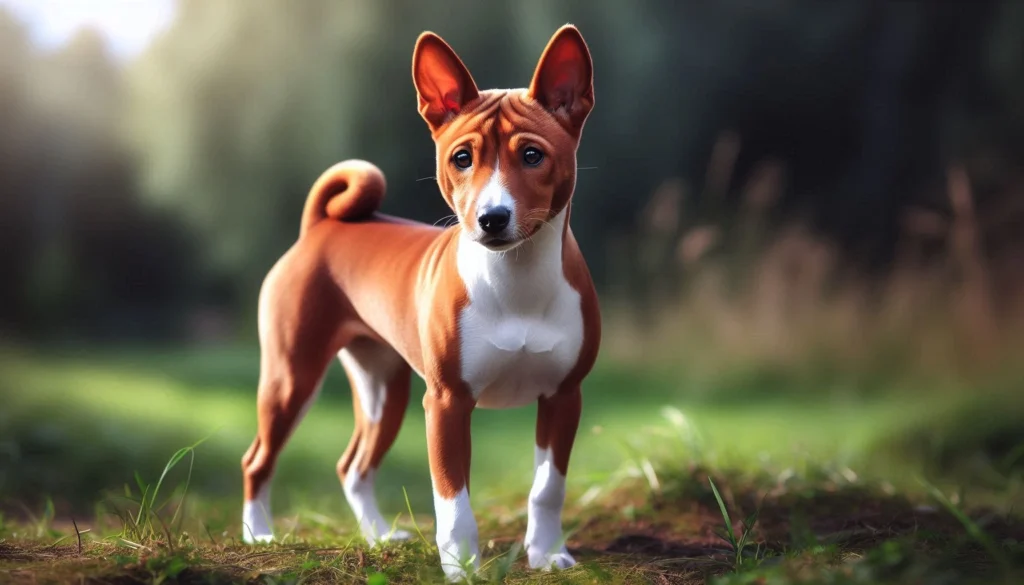
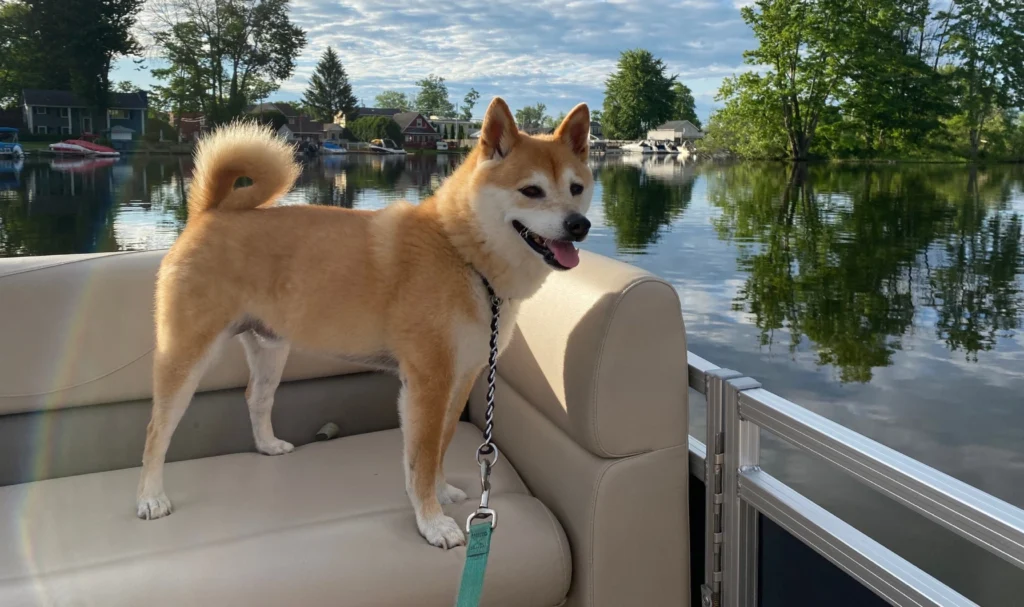
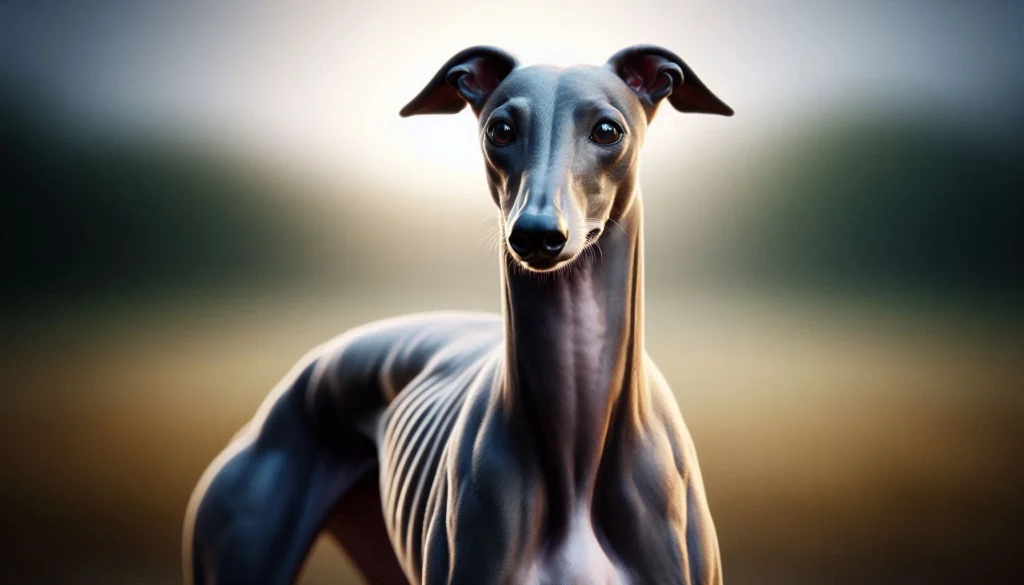

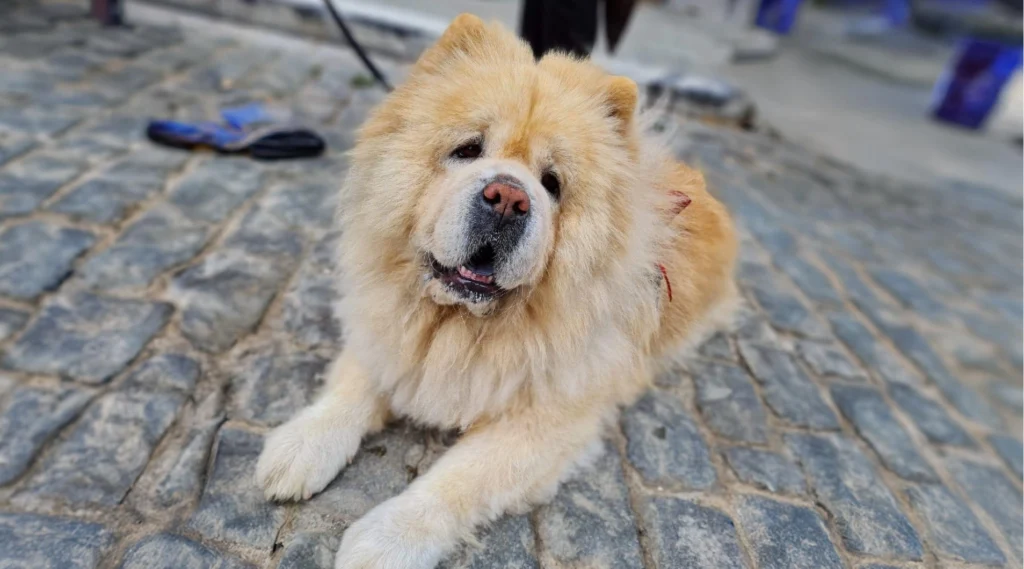
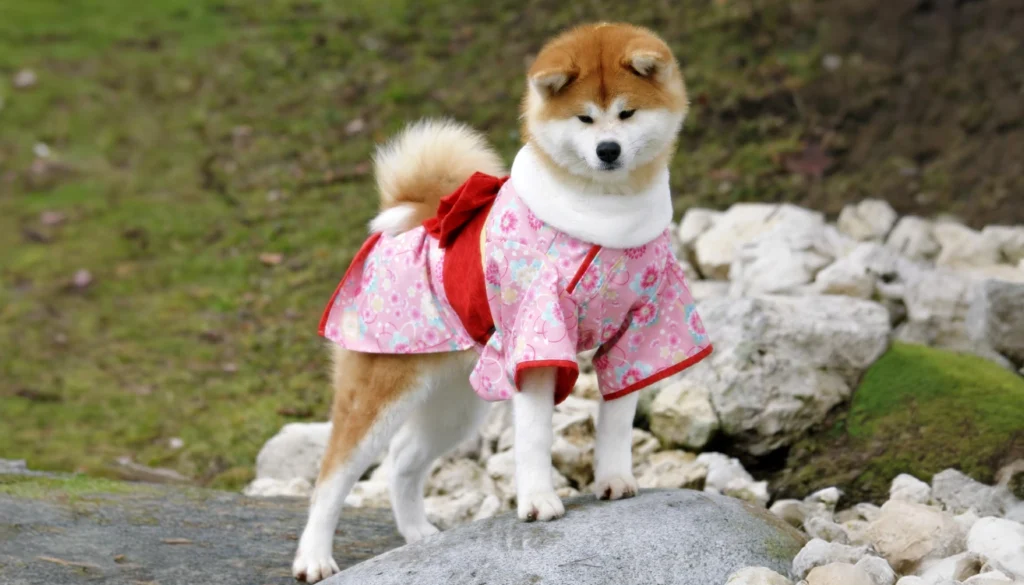
When it comes to choosing a dog, many prospective pet owners consider the noise level a crucial factor. Whether you’re living in an apartment, have close neighbors, or simply prefer a quieter household, opting for a dog breed that doesn’t bark often can make a big difference. In this article, we’ll dive into some specific dog breeds known for their quiet nature, discussing their characteristics, history, health, and care needs. Whether you’re a seasoned dog owner or considering your first pet, you’ll find valuable insights into these less vocal companions.
Understanding Why Some Dogs Don’t Bark
Before we explore specific dog breeds that don’t bark, it’s essential to understand why some dogs are naturally quieter than others. Barking is a form of communication for dogs, and the tendency to bark can vary widely depending on genetics, temperament, and upbringing.
Genetic Predisposition
Some breeds are genetically predisposed to be quieter. For instance, the Basenji, often referred to as the “barkless dog,” has a uniquely shaped larynx, which prevents it from barking like other dogs. Instead, Basenjis produce a distinctive yodel-like sound known as a “baroo.”
Temperament and Training
Certain dog breeds are naturally more reserved, which can lead to less barking. Training also plays a crucial role; dogs that are well socialized and trained from an early age are less likely to bark unnecessarily.
Environmental Factors
A dog’s environment can also influence its barking behavior. Dogs raised in calm, stress-free environments with plenty of mental and physical stimulation are generally quieter than those exposed to chaos or boredom.
Basenji: The Barkless Dog

Dog Breed Characteristics
The Basenji is a small to medium-sized dog, known for its athletic build and graceful demeanor. With a short, sleek coat that comes in a variety of colors including chestnut, black, tricolor, and brindle, the Basenji is both striking and easy to care for.
Dog Breed History
The Basenji is an ancient breed, with origins tracing back to central Africa, where it was used as a hunting dog. Known for its keen eyesight and excellent sense of smell, the Basenji was highly valued by African tribes for its ability to hunt small game. The breed’s “barkless” nature likely evolved as a survival trait, helping them remain undetected by predators.
Dog Breed Health
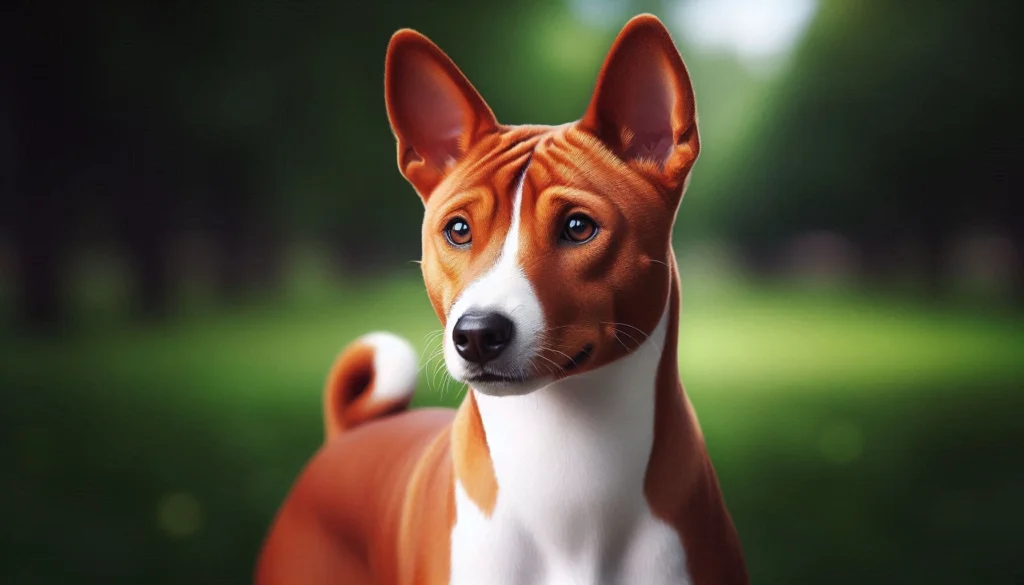
Basenjis are generally healthy dogs, with a life expectancy of around 13-15 years. However, they are prone to certain genetic conditions such as Fanconi syndrome, a kidney disorder, and progressive retinal atrophy (PRA), which can lead to blindness. Regular veterinary check-ups and genetic testing can help manage these risks.
Dog Breed Care
Caring for a Basenji involves regular exercise to satisfy its high energy levels and mental stimulation to keep it happy. This breed is known for being independent and somewhat aloof, so early socialization and training are crucial. Their short coat requires minimal grooming, making them relatively low-maintenance in terms of upkeep.
Shiba Inu: The Quiet Companion

Dog Breed Characteristics
The Shiba Inu is a small, agile dog with a fox-like appearance. It has a thick double coat that comes in various colors, including red, sesame, black and tan, and cream. Despite its small size, the Shiba Inu is a bold and confident dog, known for its spirited personality.
Dog Breed History
The Shiba Inu is the smallest of the six original and distinct Japanese dog breeds. Bred for hunting in mountainous terrain, the Shiba Inu has a strong prey drive and is incredibly agile. Despite its hunting background, the Shiba Inu has become a popular companion dog worldwide, thanks to its loyal and affectionate nature.
Dog Breed Health
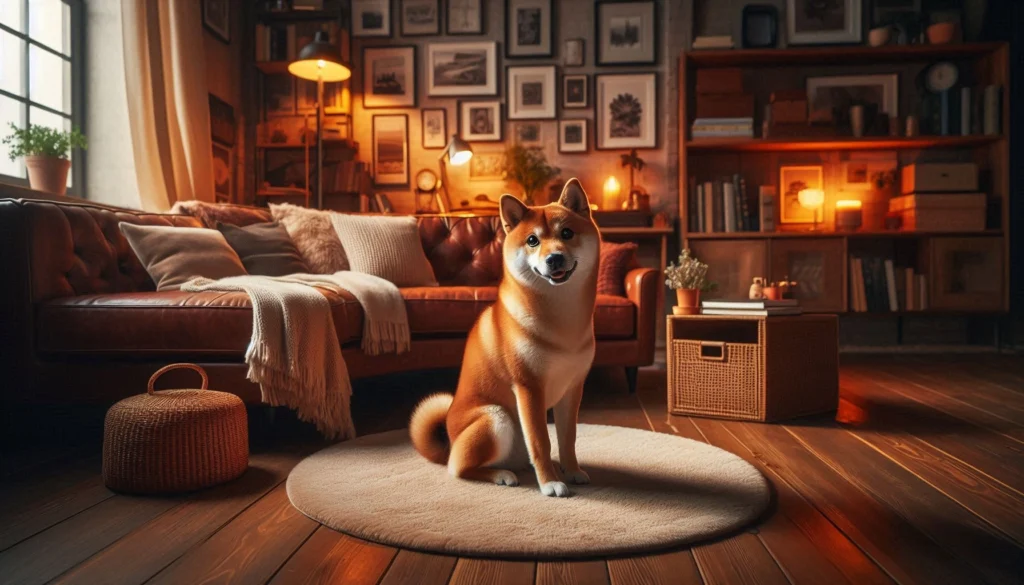
Shiba Inus are generally healthy, with a lifespan of 12-15 years. However, they can be prone to certain conditions like hip dysplasia, patellar luxation, and eye issues such as glaucoma and cataracts. Regular vet visits and a balanced diet are essential to maintaining their health.
Dog Breed Care
Shiba Inus require regular exercise to burn off their high energy levels, and mental stimulation to keep them engaged. They are known for their cleanliness and are relatively easy to house-train. However, their independent nature can make them a bit challenging for first-time dog owners, so consistent training and socialization are key.
Greyhound: The Silent Racer

Dog Breed Characteristics
Greyhounds are known for their sleek, aerodynamic build and incredible speed, often reaching up to 45 miles per hour. They have short, smooth coats that come in a wide range of colors, including black, fawn, red, blue, and brindle. Despite their racing history, Greyhounds are known for their calm and gentle temperament.
Dog Breed History
Greyhounds have a long history, dating back over 4,000 years to ancient Egypt, where they were revered for their speed and hunting abilities. They were later brought to Europe and became the preferred hunting dog of nobility. Today, while some Greyhounds are still used in racing, many are adopted as family pets after retiring from the track.
Dog Breed Health
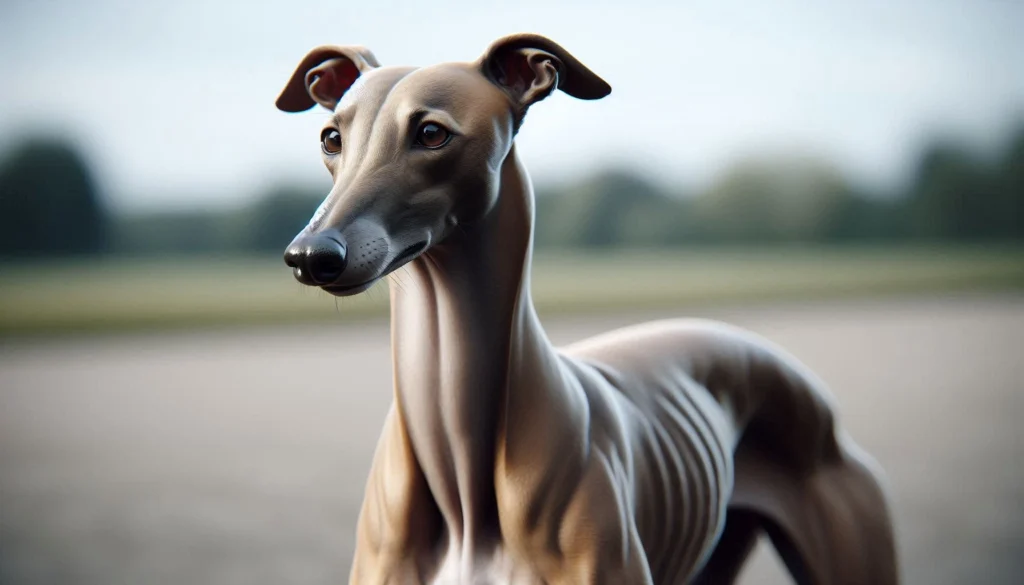
Greyhounds are generally healthy dogs, with a lifespan of 10-14 years. However, they can be prone to conditions such as bloat (gastric torsion) and hip dysplasia. Their thin skin also makes them susceptible to cuts and abrasions, so it’s important to check them regularly for any injuries.
Dog Breed Care
Greyhounds are surprisingly low-energy for such a fast dog and are often referred to as “couch potatoes.” They require regular, moderate exercise but are content to lounge around for much of the day. Their short coat is easy to maintain, but they do need protection from the cold due to their low body fat.
Cavalier King Charles Spaniel: The Quiet Royalty

Dog Breed Characteristics
The Cavalier King Charles Spaniel is a small, affectionate breed known for its silky, medium-length coat and gentle expression. They come in four standard colors: Blenheim, tricolor, black and tan, and ruby. These dogs are known for their sweet, gentle nature, making them excellent companions for families and individuals alike.
Dog Breed History
Named after King Charles II of England, who was particularly fond of the breed, the Cavalier King Charles Spaniel has a royal heritage. These dogs were bred as companion animals for the nobility, and their loving nature has made them popular pets ever since.
Dog Breed Health
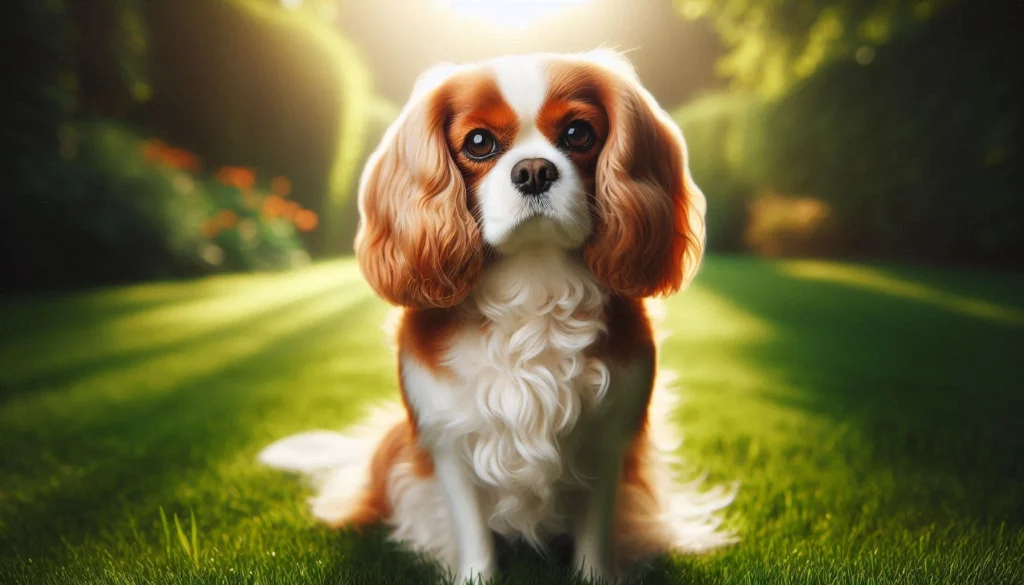
Cavaliers have a lifespan of 9-14 years and can be prone to certain genetic health issues, such as mitral valve disease (a heart condition), syringomyelia (a neurological condition), and hip dysplasia. Regular veterinary check-ups and maintaining a healthy weight are crucial for their well-being.
Dog Breed Care
Caring for a Cavalier involves regular grooming to maintain their beautiful coat, including brushing and occasional trimming. They are active dogs that enjoy regular walks and playtime, but they are also content to cuddle on the couch. Early training and socialization are important to ensure they grow into well-mannered adults.
Chow Chow: The Quiet Guardian

Dog Breed Characteristics
Chow Chows are medium sized dogs known for their distinctive lion-like mane and blue-black tongue. They have a thick double coat that can be red, black, blue, cinnamon, or cream. Chow Chows are known for their independent and sometimes aloof nature, but they are also fiercely loyal to their families.
Dog Breed History
The Chow Chow is an ancient breed that originated in northern China, where it was used for various tasks, including hunting, herding, and guarding. The breed has been depicted in Chinese art for thousands of years, and its distinctive appearance has remained relatively unchanged.
Dog Breed Health
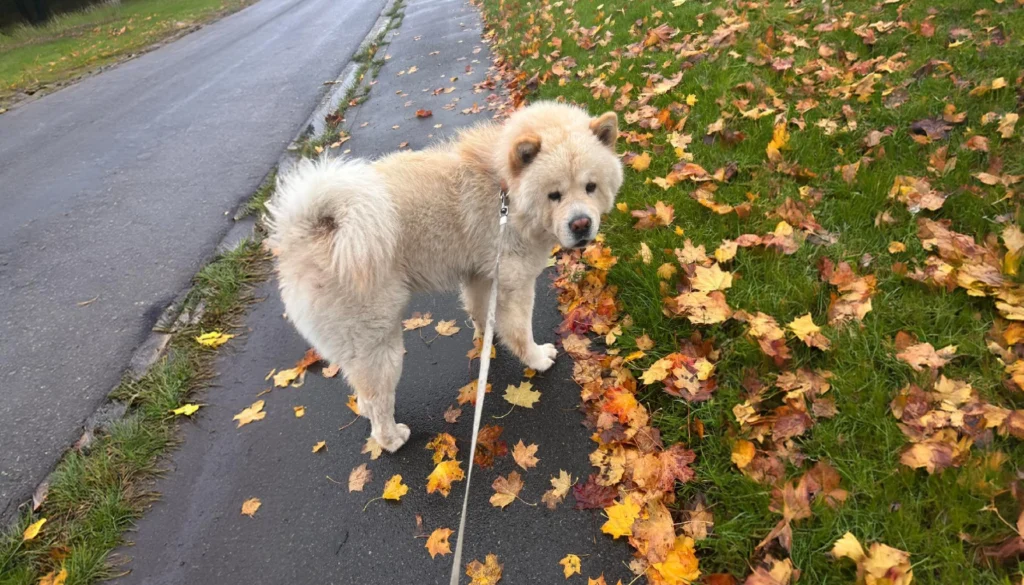
Chow Chows typically live 8-12 years and can be prone to certain health issues, such as hip dysplasia, entropion (an eyelid condition), and thyroid disorders. Their dense coat also requires regular grooming to prevent matting and skin issues.
Dog Breed Care
Caring for a Chow Chow requires a commitment to grooming, as their thick coats need regular brushing to prevent mats and tangles. They are relatively low-energy dogs and require moderate exercise, such as daily walks. Chow Chows are known for being somewhat independent, so early training and socialization are essential to ensure they are well-behaved.
Akita: The Quiet Protector

Dog Breed Characteristics
The Akita is a large, powerful dog with a thick double coat that can come in various colors, including white, brindle, and pinto. Known for their loyalty and courage, Akitas are often used as guard dogs due to their protective nature.
Dog Breed History
The Akita originates from Japan, where it was bred for hunting large game such as bear and boar. The breed is highly respected in Japan and is often associated with good health, happiness, and long life. Akitas were also used in World War II by the Japanese army.
Dog Breed Health

Akitas have a lifespan of 10-15 years and are generally healthy, but they can be prone to conditions such as hip dysplasia, autoimmune thyroiditis, and certain skin conditions. Regular veterinary care and a balanced diet are important for maintaining their health.
Dog Breed Care
Akitas require regular exercise to keep them physically and mentally stimulated. They are known for being clean dogs, often grooming themselves like cats. Their thick coat requires regular brushing, especially during shedding season. Due to their independent and sometimes dominant nature, early and consistent training is essential.
Conclusion: Choosing the Right Quiet Dog Breed
When choosing a dog breed that doesn’t bark, it’s essential to consider not only the breed’s noise level but also its overall characteristics, health, and care requirements. Whether you’re drawn to the Basenji unique vocalizations, the Shiba Inu’s spirited personality, or the Greyhound’s calm demeanor, each of these quiet dog breeds offers something special.
Remember, while these breeds are generally quieter, individual dogs can vary. Proper training, socialization, and a loving environment are key to ensuring that any dog, regardless of breed, becomes a well-behaved and cherished member of your family.
